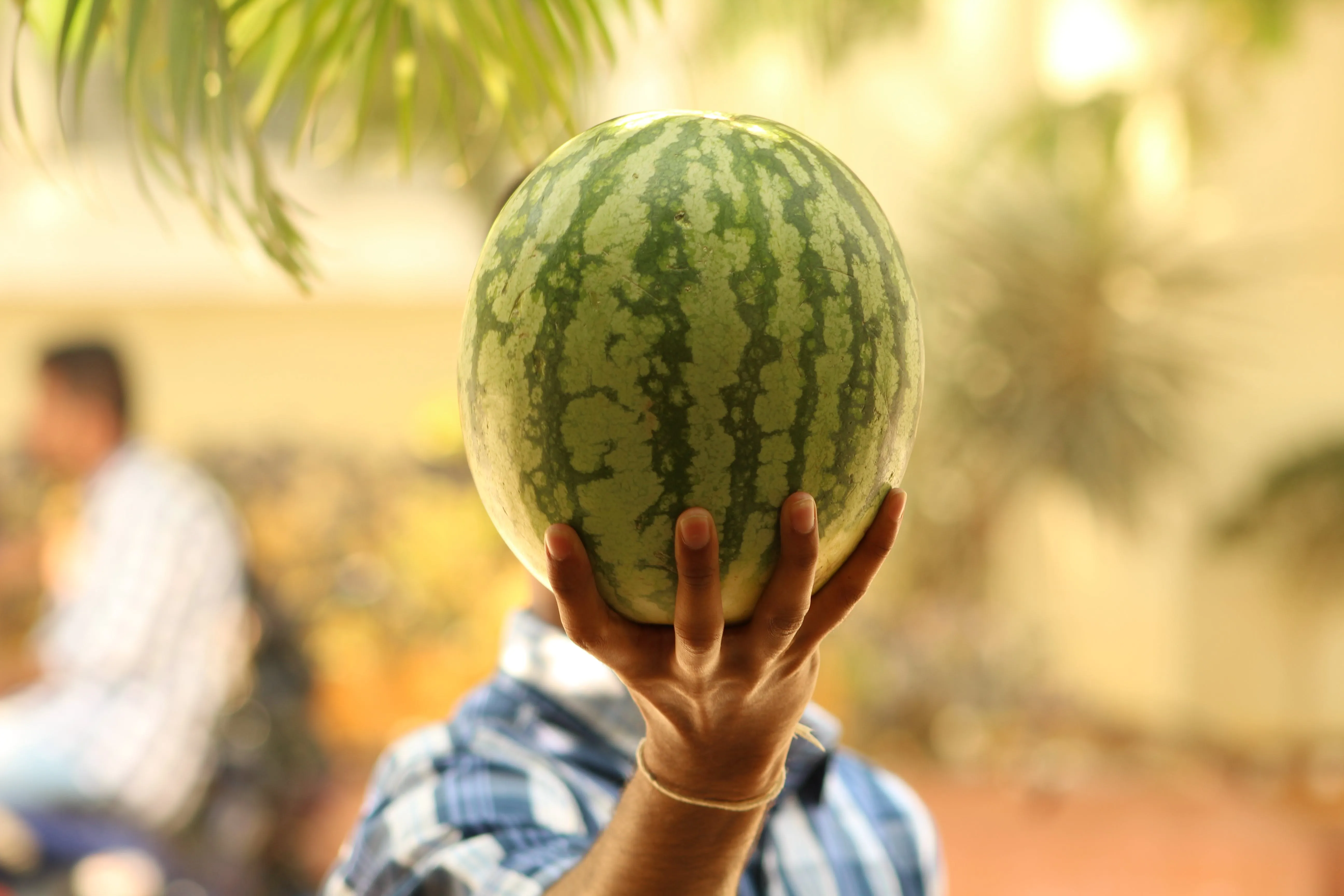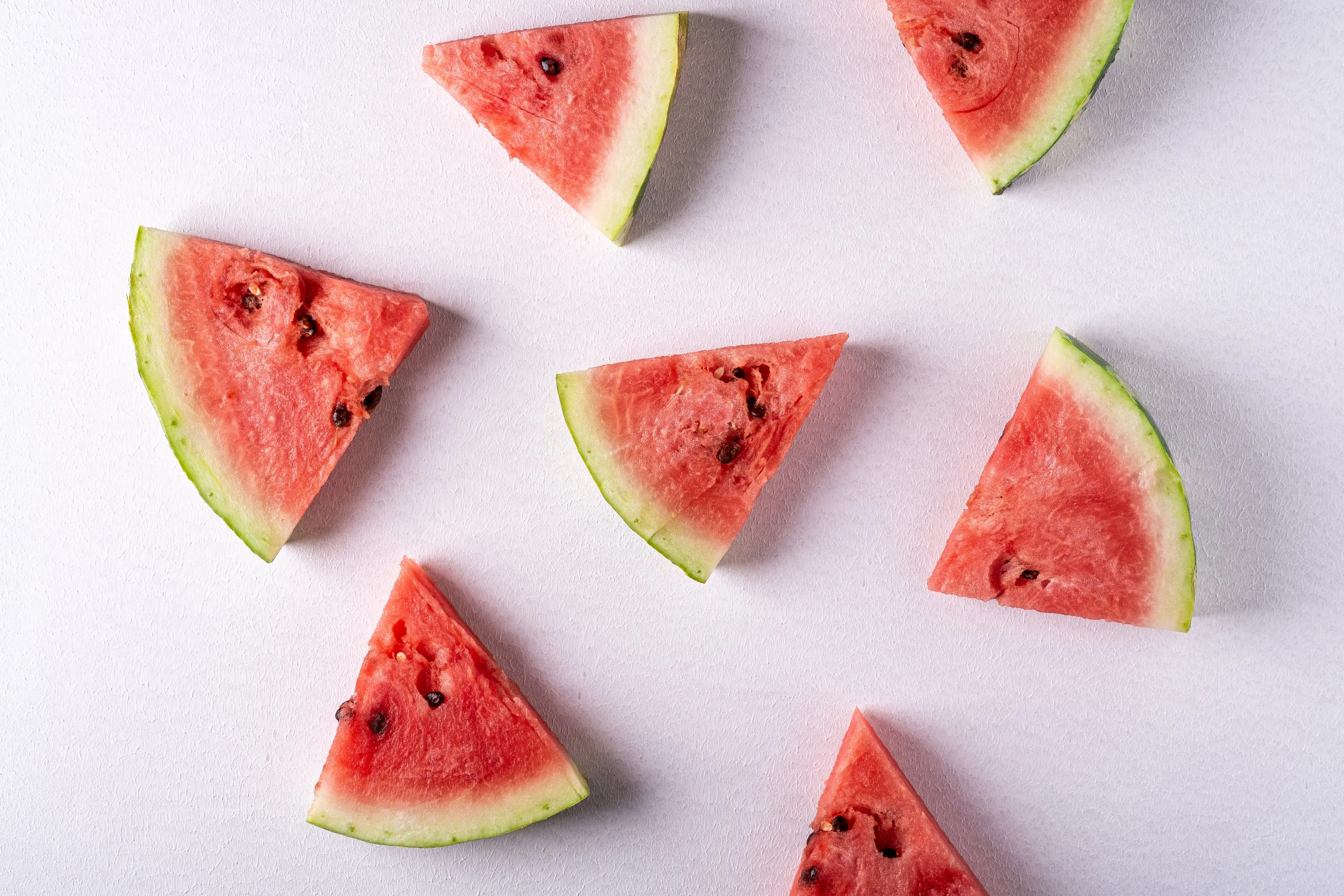how to pick a watermelon
Choosing the Perfect Watermelon: A Juicy Guide to Picking the Best One
Ah, the sweet anticipation of sinking your teeth into a perfectly ripe watermelon! But how do you navigate the sea of green orbs at the grocery store to ensure you pick a winner? Fear not, as we embark on a juicy journey to master the art of selecting the perfect watermelon.

The Quest for the Ideal Watermelon:
The Sound Test
Give it a tap – a good watermelon should produce a deep, hollow sound. It's like nature's way of saying, "I'm packed with sweet juiciness!"
Personal Touch:
I used to feel a bit silly tapping watermelons in the store, but then I witnessed a seasoned shopper confidently thumping away. It was a symphony of thuds, and I realized there's wisdom in those rhythmic beats.
The Field Spot
Look for the creamy, yellowish spot on the watermelon's underside. This is where it sat on the ground, soaking up the sun. The deeper the hue, the longer it ripened on the vine, promising sweetness.
Pro Tip:
A fellow fruit enthusiast once told me, "Think of it as the watermelon's sun-kissed tan." It made the connection between the spot and ripeness click for me.
Uniform Shape and Size
Opt for a watermelon that is uniform in shape and size. Irregularities could indicate uneven ripening or, worse, an overripe section.
Check for Sheen
A shiny surface is a good sign. If it looks dull or matte, it might be an indication that the watermelon is underripe or lacking in moisture.
Personal Insight:
I once picked a watermelon solely based on its shiny appearance, thinking it must be ripe. However, when I sliced it open, I discovered it was still a bit too green. Lesson learned: shine is good, but it's not the only indicator.
Additional Tricks of the Trade:
Heavy is Good
A ripe watermelon is heavy for its size. This indicates a high water content, translating to juiciness. Lift a few, and you'll develop a feel for the ideal weight.
Tail Matters
If your watermelon has a tail, check its condition. A dried-up tail suggests ripeness, while a green one might mean it was harvested too soon.
Uniform Color
Look for watermelons with consistent coloring. Irregularities or variations in color could signal uneven ripening.
Navigating Seedless Options:
Check for Uniform Seed Distribution
In seedless watermelons, inspect for even seed distribution. Spots with a higher concentration of seeds might suggest underripeness.

Know the Variety
Different seedless watermelon varieties have distinct characteristics. Familiarize yourself with the specifics of the type you prefer.
Bringing It Home:
Picking the perfect watermelon is both an art and a science. Armed with these tips, you'll confidently navigate the watermelon aisle, ensuring that your next slice is bursting with sweet, refreshing goodness. Happy watermelon hunting!